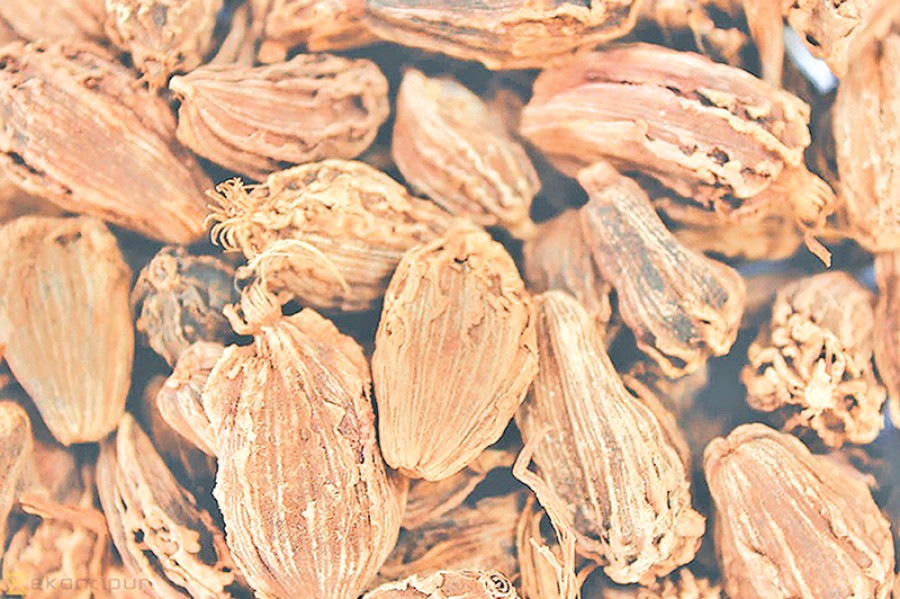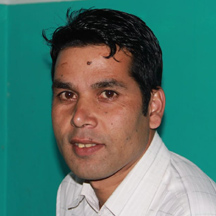Money
Large cardamom farmers worried by slow demand
Farmers in the hilly districts are busy harvesting large cardamom, but demand for the spice in the major markets is not encouraging.
Ananda Gautam
Farmers in the hilly districts are busy harvesting large cardamom, but demand for the spice in the major markets is not encouraging. For the last two months, cardamom growers have been plucking and drying the high-value spice and medicinal herb, and readying their harvests for sale to traders. Lack of demand from traders has dashed the hopes of farmers who were expecting a high return on their investment.
According to large cardamom producers, demand for the spice has dried up recently. “There were no shipments at all during the Dashain festival,” said Nirmal Bhattarai, president of the Large Cardamom Producers Association. “The festive season is almost over, and shops and warehouses have opened in the major markets to receive buyers, but there are no takers.”
Bhattarai claimed that none of the traders had received even a single call from buyers. Large cardamom from Nepal is not likely to find a market until the crops produced in Assam, India are sold, according to traders. Large cardamom farming has increased recently in Assam which has a climate similar to that of the hilly districts of Nepal. The spice is being traded at Rs32,000 per 40 kg in the Indian state, according to Nepali traders. It is priced at Rs29,000 per 40 kg in Birtamod, Jhapa district, the major trading hub and collection centre in Nepal. The price increases to Rs33,000 per 40 kg once the product reaches the Indian market due to transportation costs.
As Indian large cardamom is a little cheaper than the Nepali product, it is preferred in the Indian market, said Nepali traders. Dipak Nepal, vice-president of the association, said that demand for Nepali cardamom would go up in a month after Indian stocks were finished.
Nearly 90 percent of the large cardamom grown in Nepal is exported to India. From India, the spice is re-exported to Bangladesh, Pakistan, the Gulf countries and other overseas destinations. The high-value cash crop is produced mainly in the eastern hills in Nepal. Outside Nepal, the spice is grown only in Sikkim and Darjeeling in India and Bhutan. Large cardamom was introduced into Ilam from Sikkim in 1865.
With demand for large cardamom increasing, countries like China, Vietnam and Guatemala also started to cultivate the crop. Nepal is the largest producer of large cardamom, accounting for 68 percent of the international market. It is followed by India and Bhutan. Ilam, Panchthar, Taplejung, Sankhuwasabha, Tehrathum, Bhojpur and Dhankuta districts are the major large cardamom producing areas in Nepal. Cultivation of the spice has now spread to more than 38 districts. Taplejung is the top producer with an annual output of 2,400 tonnes.




 11.12°C Kathmandu
11.12°C Kathmandu















